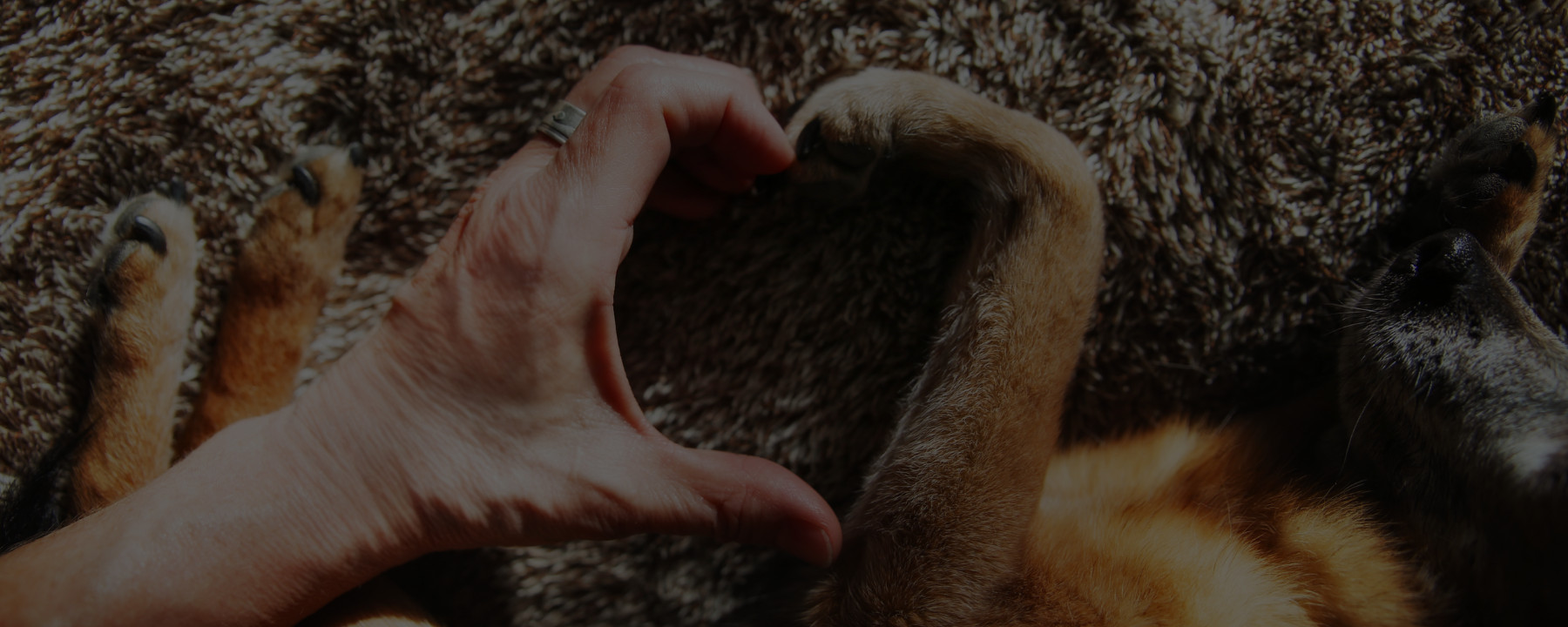You don’t have to attend a 2-year dog grooming academy to learn how to groom a dog. The most valuable trait you need is a willingness to learn.
The fact is, grooming a senior dog is different than grooming a pup. And as you know, every dog breed has their own individual conditions and temperaments. Combine both and you’ve got quite the grooming job ahead of you!
If you’re interested in grooming more than just your own dog, you may consider taking a professional dog grooming course. You’ll learn how to navigate all the technical nuances for grooming different breeds and adapt it to a senior dog’s needs.
Before you enroll, here’s a sneak peek of the course! We’re going to go over the basics of grooming your elderly companion. Stick around!
What’s a senior dog?
Dogs that are over nine years old are generally considered to be senior dogs. Of course, some dogs have longer life expectancies compared to others. In particular, small dogs will most likely outlive a larger dog of the same age. As an example, a Chihuahua, whose life expectancy is 15-18 years, would be considered a senior dog after age 11.

But it’s not so much the age that matters—it’s about what old age often brings with it. Growing old often comes with health problems. By continuing to groom your dog regularly, you’ll be able to find and detect any emerging health issues. And remember, mats can happen at any age!
Your vet should inform you of your dog’s health. Take any health and skin issues into consideration, and don’t forget about the medication. If your dog is taking blood-thinning medication, it could prevent clotting if there’s an accident while grooming. Also, many vets will prescribe medicated shampoos for bathing. You want to ensure your home-bathing efforts aren’t irritating any skin disorders!
Keep the grooming appointment short
It can be difficult and even painful for some senior dogs to stand on the grooming table for long. Even if they’ve grown used to regular grooming sessions since they were young—they aren’t puppies anymore! The great thing about grooming a dog yourself is that you can give the dog plenty of rest without penalty. To ensure they’re not uncomfortable for too long, keep the grooms short yet efficient.

Allow the dog to sit or lie down
Whether it’s lost muscle or arthritis, some dogs won’t be able to stand long for an express groom either. In these cases, you can have the dog lie down on its side during the groom. Complete one side before moving onto the other.
Be attentive
You should always be attentive to the grooming process, not just with senior dogs! Paying attention to where you cut hair and how rough you are when shampooing is important! But it’s even more important to pay attention to the dog’s temperament. When you can immediately identify when a dog is stressed, you’ll know when to stop. If you push an old dog too much, they may become uncooperative. This makes the grooming process harder and can increase the chance of accidents.
Dogs with sensitive skin
Be kinder and gentler with how you conduct your grooms. Just like humans, dog skin loses its elasticity with age. Make sure that you pull the dog’s skin taut when clipping or cutting their hair. This is to avoid nicking extra skin, warts, and skin tags. Elder dogs may also have open sores on their skin. Ensure you see the vet before bathing a dog with open sores. Some shampoos can irritate them!

Your dog grooming kit
As an at-home groomer, you probably won’t have a 15-piece professional dog grooming kit. You may wish to do all of the grooms for your dog, but many dog owners still choose to see a professional from time to time. If your dog has tricky health issues, it may be better for you to seek a professional dog groomer’s help. In-between appointments, you can purchase a pair of grooming gloves to help with shedding and maintenance.
Pro grooming tip: Nail clipping
If you’re prioritizing tasks, don’t let the dog go without a nail trim! Senior dogs are less active than their younger counterparts. As such, they don’t wear down their nails as much from natural exercise. Long nails can cause posture problems and worsen arthritic or joint problems. So trim their nails short—but remember to be careful when cutting around the quick!
Pro grooming tip: Hair dryer
Elderly dogs have increased sensitivity to heat, and are often at risk of a heatstroke! Thankfully, most hair dryers made for grooming dogs don’t use heated air. Choose a high-velocity hair dryer, or carefully monitor the temperature of the air. Hot air can scorch their skin—that means don’t use a human hair dryer on your dog!
What should you look for in a dog grooming school? Check out these 6 things every amazing dog grooming school has!



